Below is the pinout for the receptacle:
GND TX1+ TX1- Vbus CC1 D+ D- SBU1 Vbus RX2- RX2+ GND
| | | | | | | | | | | |
=+====+====+====+====+====+====+====+====+====+====+====+=
| | | | | | | | | | | |
GND RX1+ RX1- Vbus SBU2 D- D+ CC2 Vbus TX2- TX2+ GND
You will note that all the pins are rotationally symmetric, so if you flip the connector, TX1+ connects to TX2+, TX1- connects to TX2-, etc. and most importantly, Vbus and GND always match up.
The trick lies in the controller and cable -- the CC pins are used to detect orientation, at which point the controller routes appropriately:
2.3.2 Plug Orientation/Cable Twist Detection
The USB Type-C plug can be inserted into a receptacle in either one of two orientations, therefore the CC pins enable a method for detecting plug orientation in order to determine which SuperSpeed USB data signal pairs are functionally connected through the cable. This allows for signal routing, if needed, within a DFP or UFP to be established for a successful connection.


As you might imagine, the cables are going to be a fair bit heftier due to the extra wires.
- A minimum of 15 wires plus braid required for full-featured Type-C (i.e. USB 3.1 -- recommended 4-6mm outer diameter)
- 10 wires plus braid for legacy Type-C USB 3.0/3.1 cables (intended to connect to Type-A or Type-B on the other end -- recommended 3-5mm outer diameter)
- For USB 2.0 or earlier, whether connecting to Type-C or a legacy type on the other end, the usual four wire configuration is permitted (recommended 2-4mm outer diameter)
Source: USB 3.1 Specification @ usb.org -- specifically, the Universal Serial Bus Revision 3.1 Specification PDF available for download at the top of the page)
Also a great blog post explaining all the details about the Configuration Channel pin:
http://kevinzhengwork.blogspot.de/2014/09/usb-type-c-configuration-channel-cc-pin.html
Archive.org (in case it goes offline)


